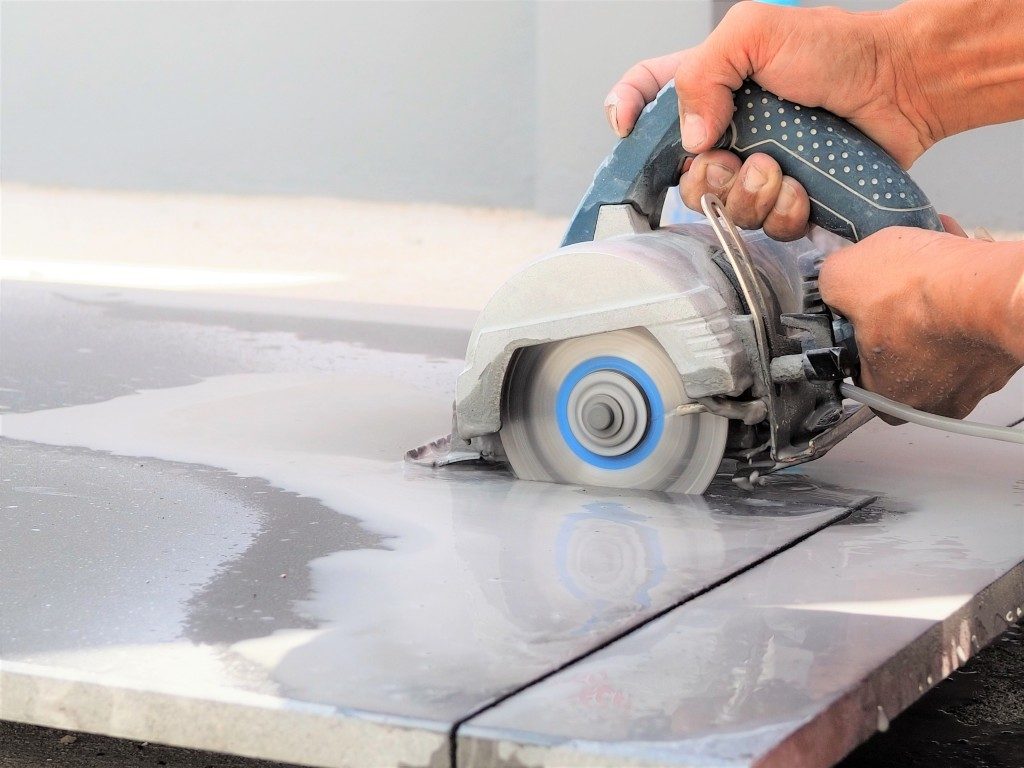Diamond blades are cutting tools exposed to particles of diamond in a matrix, often with a cutting edge. The blades have a diamond or steel core. During diamond cutting, a high-velocity saw may reach 30m/s.
The cutting action happens when small chips scratch out of a material due to the force of the diamond particles. There will be as many cutting edges as diamonds in the matrix of most diamond tools. Diamond blades can be found in many types, varieties, manufacturing methods, and bond types.
High precision blades are essential in wafering, slicing, slotting, sample preparation, slabbing and gang sawing. The user must understand what makes each edge type different if they will use it as should.
Every blade is made for a specific application and will, therefore, respond differently to various conditions. The most common blade variables include:
Bond hardness
Bond hardness is a term referring to the matrix’ ability to keep diamonds in place. When you increase the bond hardness, the retention capabilities of the diamond increase. You have to give up cutting speed, though. Most manufacturers will extend the shelf life of a blade by increasing bond hardness.
Bonds are typically measured as Hard, Medium, and Soft. Within these categories are classification schemes and variations based on other elements of softness or hardness. It is an excellent idea to use blades of an optimum hardness if you want precision.
A soft bond matrix for the item you are cutting will release particles quickly, causing the edge to wear fast. On the other hand, a hard matrix will lower the cutting speed and demand constant dressing for each diamond layer.
Diamond mesh size
Diamond mesh/grit size is a designate for the size of the grain of the blade. The size is measured in meshes per inch when sorting granule particles on a screen.
A 120 mesh would go via a 100 screen but not 150. In some parts of the world, grit will designate the number of meshes in an inch and will be picked based on the desired speed. If you want a fine grit, pick a high mesh size.
The size will also contribute to the quality of the finish — the level of chipping, smoothness, and the microstructure damage. Fine sizes will give you a smooth finish with little edge chipping. They are ideal for cutting optical and GaAs materials.
Diamond concentration

Diamond concentration is a measure of the distribution and proportion of abrasive particles in the diamonds. It affects the price of the blade and the overall performance.
A concentration of 100, for example, will have 25% diamonds by the volume of the layer — such concentrations rage between 8 and 135. Adjust concentration to change the precision of the sawing operation.
An optimized concentration depends on the mesh size, cutting speed, coolant, and material being cut. Note that the higher the concentration, the softer the material type you should cut.
Over time, there have been many attempts to solve the relationship between the three variables. So far, no universal rules are governing each material. However, some principles are applicable to any diamond cutting operation.
The inclusion of technology helps to resolve any problems that may arise as a result of changing different factors. Smart technology can reorient diamonds in the matrix to suit the blade for the application.






